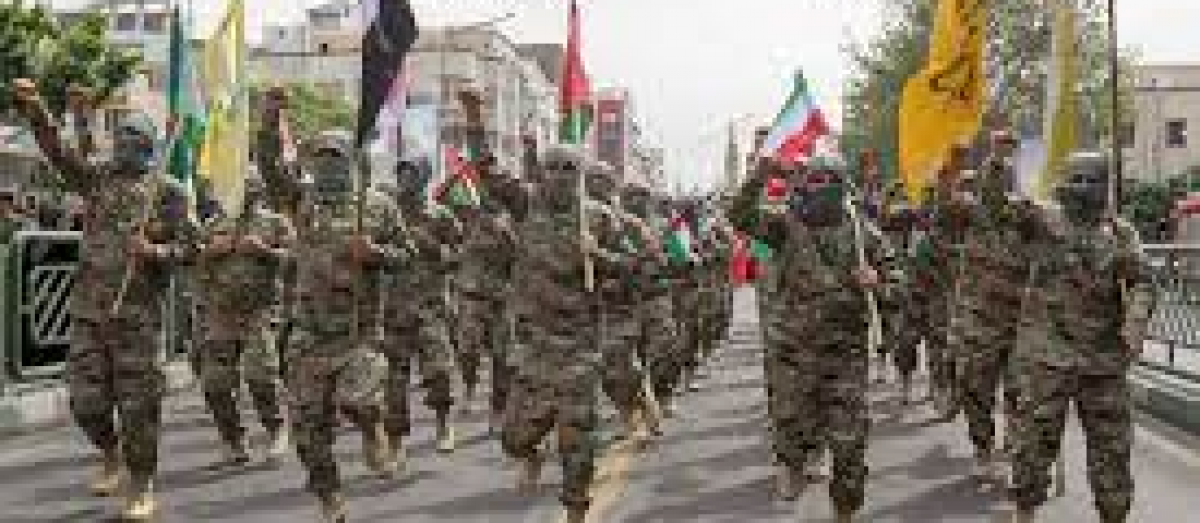Iran’s complex political and military landscape includes a range of armed groups, some state-sponsored and others operating independently or in opposition to the government. The most well-known are affiliated with or are extensions of the state’s security apparatus, particularly the Islamic Revolutionary Guard Corps (IRGC). Others are dissident or separatist groups that have engaged in various degrees of armed struggle against the Iranian state. Here’s a list of prominent groups:

Islamic Revolutionary Guard Corps (IRGC):
- Role: Elite military force reporting directly to the Supreme Leader.
- Activities: Protects the Islamic system, counters external and internal threats, and extends Iran’s influence abroad through its Quds Force.
Basij Resistance Force:
- Affiliation: A paramilitary volunteer militia operating under the IRGC.
- Activities: Internal security, law enforcement, social service provision, and organization of volunteer fighters in conflicts such as the Syrian Civil War.
Quds Force:
- Affiliation: Special forces unit of the IRGC responsible for extraterritorial operations.
- Activities: Provides support to various non-state actors in the Middle East, including Hezbollah in Lebanon, Hamas and Islamic Jihad in Palestine, and pro-government forces in Syria and Iraq.
Kata’ib Hezbollah (Iraq):
- Role: Although Iraqi-based, it is heavily influenced and supported by Iran.
- Activities: Operates against U.S. forces, aims to increase Shia influence in Iraq.
People’s Mujahedin of Iran (MEK):
- Role: Opposition group that was once designated as a terrorist organization by many countries but has since been removed from such lists by the EU and USA.
- Activities: Armed struggle against the Iranian government, political lobbying abroad, and intelligence activities against the Iranian regime.
Kurdistan Free Life Party (PJAK):
- Role: Armed Kurdish separatist group that operates in the northwestern region of Iran.
- Activities: Guerrilla warfare against the Iranian military to push for Kurdish autonomy.
Arab Struggle Movement for the Liberation of Ahwaz:
- Role: Militant Arab separatist group in the southwestern province of Khuzestan.
- Activities: Attacks on government and oil infrastructure to oppose what they claim is discrimination against the Arab Ahwazi people.
Jundallah:
- Role: Sunni extremist group that operates in the Sistan and Baluchestan province.
- Activities: Engaged in attacks against Iranian security forces and has been involved in kidnapping and drug trafficking.
Ansar Al-Furqan:
- Role: Sunni Baloch insurgent group that emerged from a merger between Jundallah and another group.
- Activities: Attacks against the IRGC and other Iranian security forces.
Al-Ashtar Brigades:
- Role: Shia militant group that mainly operates in Bahrain but is backed by Iran.
- Activities: Armed attacks against Bahraini security forces.
The presence of these groups underscores Iran’s dual role as both a state sponsor of select militant organizations, which it uses as tools of foreign policy, and as a target of insurgency and terrorism due to internal ethnic and political tensions. Some of these groups are seen by Iran as legitimate resistance movements, particularly those that align with its regional strategy against Israel, the United States, and Saudi Arabia. Others, especially separatist groups, are considered terrorist organizations by Tehran and are engaged in an armed struggle against the Iranian state.



